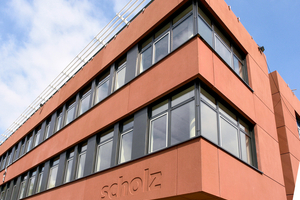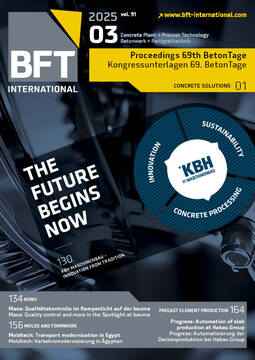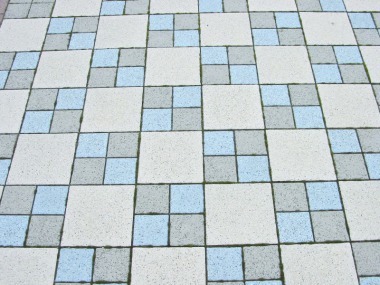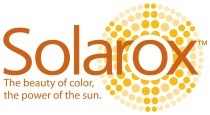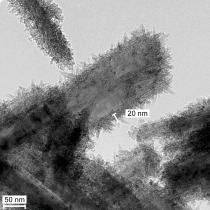Functional pigments in the requirement profile of aesthetics, concrete technology and sustainability
When we hear about aesthetically pleasing and high-quality architectural concrete buildings, we often associate colored concrete and color pigments with this topic. Concrete manufacturers are often not aware that only inorganic pigments give the concrete component the desired permanent color. The reason for this is their sufficient substance-specific alkali and UV resistance, which is extremely rare for colorings and organic pigments. Another characteristic of inorganic pigments from the company Scholz is the fact that they are to the most part made of recycled scrap steel in a sustainable process and are subsequently refined by scholz into a high-performance storable pigment preparation for which an EPD will soon be available, as is already the case for Bayferrox powder pigments.
We usually come into contact with pigments whenever we need to add color to another medium.
However, in addition to their ability to color other materials, pigments also have a technical and/or functional use in some cases. For construction, for example, titanium-dioxide pigments can also improve the dirt resistance of the surfaces of building components, in addition to their photocatalytic effect, which has a significant impact on their durability regarding their aesthetic appearance. Apart from titanium dioxide, there are also IR-reflecting pigments that are often used to keep the building envelope cool. In urban areas in particular, where the urban heat-island effect is a potential health risk for our society, pigments can help to utilize the climate of a residential building more efficiently and to minimize its usage costs for air-conditioning, especially in summer periods.


